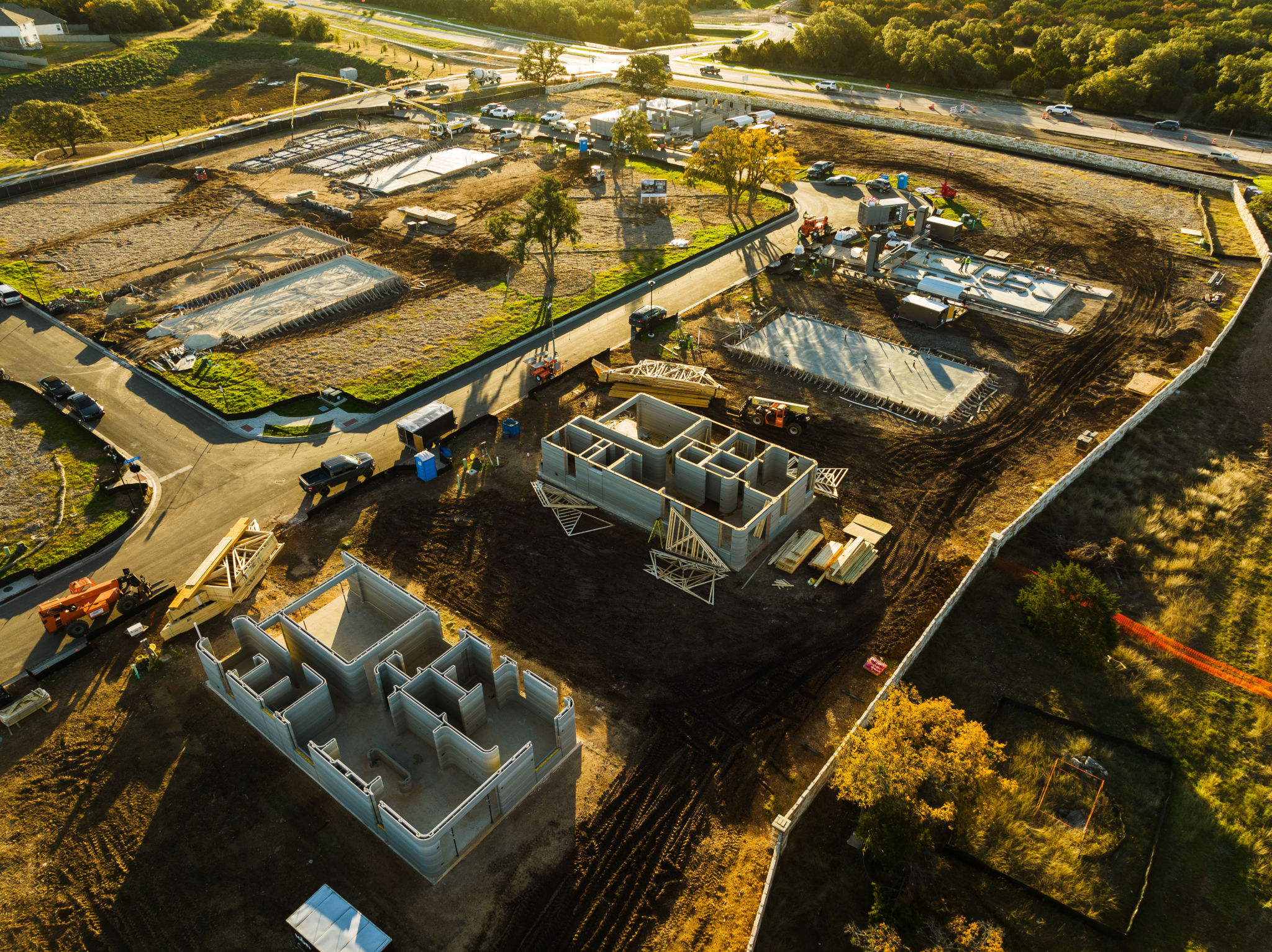How Seasonal Changes Affect Foundation Stability in Texas
Understanding Foundation Stability
In Texas, the stability of a home's foundation is a critical concern for homeowners. The state's unique soil composition, predominantly expansive clay, makes foundations particularly vulnerable to seasonal changes. While many might not give much thought to what's beneath their feet, a stable foundation is essential for maintaining the structural integrity of a home.
Fluctuations in moisture levels due to weather patterns can wreak havoc on these clay soils. Understanding how seasonal changes affect foundation stability can help homeowners take preventative measures to protect their investments.

Impact of Dry Seasons
During the dry, hot summers in Texas, the expansive clay soils contract as they lose moisture. This contraction can lead to significant settling and shifting in a home's foundation. As the soil shrinks away from the foundation, it creates voids and spaces that can cause cracks and uneven settling.
Homeowners may notice doors and windows sticking or uneven floors as early indicators of foundation issues. It's crucial to address these signs promptly to prevent more severe damage that could result in costly repairs.
Effect of Wet Seasons
Conversely, the wet season brings its set of challenges. Heavy rains cause the clay soil to swell and expand, exerting pressure on the foundation. This expansion can lead to heaving, where parts of the foundation are pushed upwards, causing cracks in walls and floors.
The cycle of swelling and shrinking due to alternating wet and dry seasons can be particularly damaging over time. Regular maintenance and inspections are key to mitigating these effects and ensuring long-term stability.

Preventative Measures
Homeowners can take several steps to protect their foundations from seasonal changes. One effective strategy is maintaining consistent moisture levels around the foundation. Installing a soaker hose system or using an automatic irrigation system can help keep the soil evenly moist throughout dry periods.
Additionally, proper drainage is essential during wet seasons. Ensuring gutters are clean and directing water away from the foundation can prevent water accumulation and reduce pressure on the structure.
Signs of Foundation Problems
Identifying early signs of foundation problems can save homeowners significant time and money. Look out for cracks in walls, uneven floors, and gaps around windows and doors. These are often indicators that the foundation is shifting or settling unevenly.
- Cracks in brickwork or exterior walls
- Gaps around window frames or door frames
- Uneven or sloping floors
- Sticking doors or windows

Professional Assessment
If you suspect foundation issues, it's advisable to consult with a professional. A structural engineer or foundation specialist can assess the situation and recommend appropriate solutions. Regular inspections can also help catch potential problems early, providing peace of mind for homeowners.
Investing in a professional assessment might seem like an added expense, but it can safeguard your home from severe structural damage in the long run.
Conclusion
The interplay between Texas's climate and its expansive clay soils presents unique challenges for maintaining foundation stability. By understanding the effects of seasonal changes and taking proactive measures, homeowners can protect their homes from damage and maintain their property's value.
Staying vigilant and responsive to any signs of trouble will ensure that your home remains safe and secure, no matter what the weather brings.